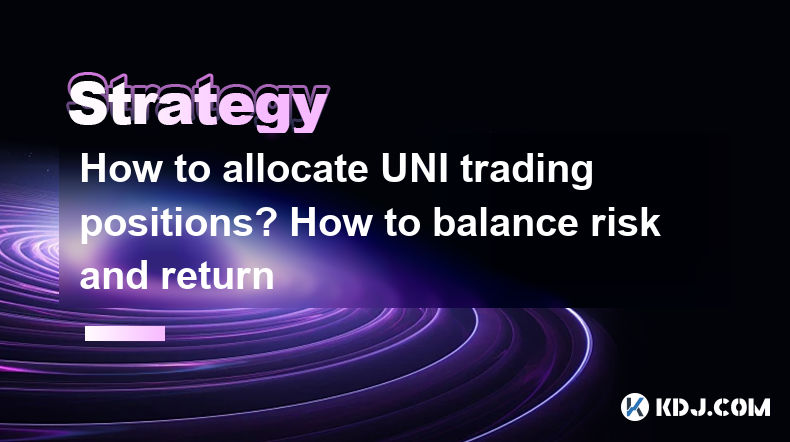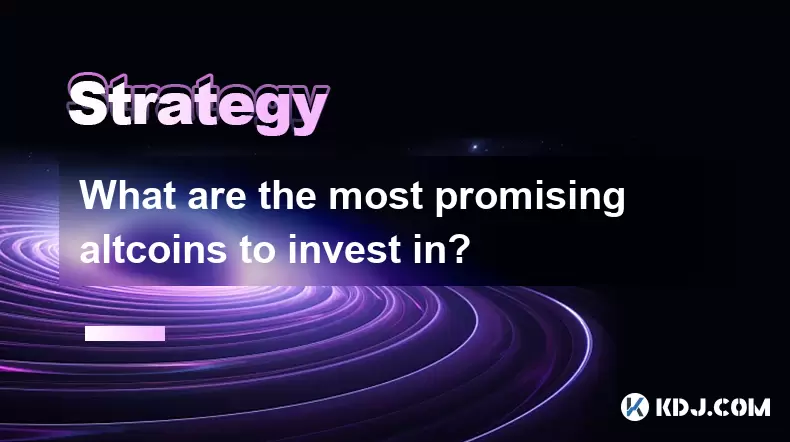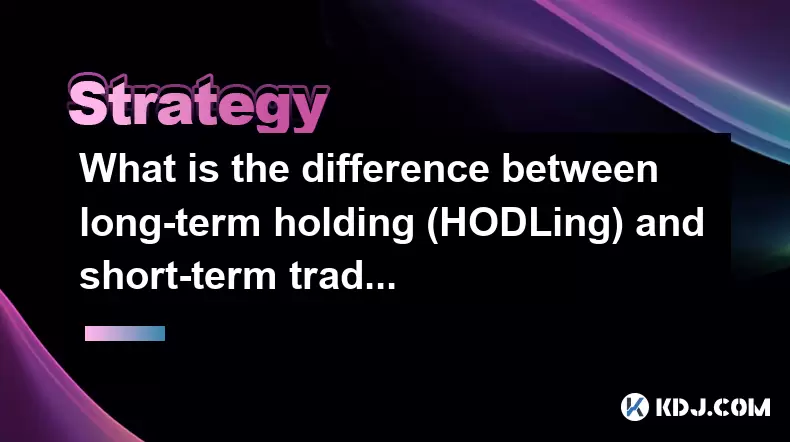-
 Bitcoin
Bitcoin $117600
0.25% -
 Ethereum
Ethereum $4424
0.10% -
 XRP
XRP $3.101
0.50% -
 Tether USDt
Tether USDt $1.001
-0.01% -
 BNB
BNB $836.2
1.26% -
 Solana
Solana $188.8
2.11% -
 USDC
USDC $1.000
0.01% -
 Dogecoin
Dogecoin $0.2301
0.57% -
 TRON
TRON $0.3485
-1.00% -
 Cardano
Cardano $0.9209
-1.34% -
 Hyperliquid
Hyperliquid $46.72
-1.19% -
 Chainlink
Chainlink $22.62
4.84% -
 Stellar
Stellar $0.4275
-0.38% -
 Sui
Sui $3.761
1.91% -
 Bitcoin Cash
Bitcoin Cash $586.7
-0.25% -
 Ethena USDe
Ethena USDe $1.001
0.01% -
 Hedera
Hedera $0.2510
2.06% -
 Avalanche
Avalanche $24.21
2.22% -
 Litecoin
Litecoin $119.7
1.07% -
 Toncoin
Toncoin $3.450
1.06% -
 UNUS SED LEO
UNUS SED LEO $9.411
-0.93% -
 Shiba Inu
Shiba Inu $0.00001298
1.20% -
 Uniswap
Uniswap $10.98
3.25% -
 Polkadot
Polkadot $3.961
2.16% -
 Dai
Dai $1.000
0.00% -
 Bitget Token
Bitget Token $4.642
0.95% -
 Cronos
Cronos $0.1514
0.57% -
 Ethena
Ethena $0.7290
3.78% -
 Monero
Monero $254.1
7.69% -
 Pepe
Pepe $0.00001102
2.47%
How to allocate UNI trading positions? How to balance risk and return
Allocating UNI trading positions requires understanding market dynamics, assessing risk tolerance, setting clear objectives, diversifying, and using strategic position sizing and orders.
Apr 29, 2025 at 10:35 pm

Allocating trading positions in the cryptocurrency market, particularly for a token like UNI (Uniswap's governance token), requires a strategic approach to balance risk and return effectively. This article will guide you through the process of allocating UNI trading positions while considering the delicate balance between potential gains and the inherent risks involved.
Understanding UNI and Its Market Dynamics
Before diving into position allocation, it's crucial to understand what UNI is and how its market behaves. UNI is the governance token of Uniswap, a decentralized exchange protocol. Its value can be influenced by various factors such as overall market sentiment, developments within the Uniswap ecosystem, and broader trends in the DeFi space. Being aware of these dynamics helps in making informed decisions about position sizing.
Assessing Your Risk Tolerance
The first step in allocating UNI trading positions is to assess your risk tolerance. This involves understanding how much capital you are willing to risk and how much potential loss you can handle emotionally and financially. Risk tolerance varies from one trader to another, and it's essential to be honest with yourself about what level of risk you are comfortable with.
- Consider your investment goals: Are you looking for short-term gains, or are you in it for the long haul?
- Evaluate your financial situation: How much can you afford to lose without affecting your financial stability?
- Understand your emotional capacity: Can you handle the volatility of the crypto market without making impulsive decisions?
Setting Clear Investment Objectives
Once you have a clear understanding of your risk tolerance, the next step is to set clear investment objectives. These objectives will guide your position allocation strategy. For instance, if your goal is capital preservation with moderate growth, your approach to allocating UNI positions will differ from someone aiming for aggressive growth.
- Define your target return: What percentage of return are you aiming for?
- Determine your investment horizon: Are you looking at weeks, months, or years?
- Set risk limits: Decide on the maximum amount of loss you are willing to accept.
Diversifying Your Portfolio
Diversification is a key strategy in managing risk while aiming for returns. When it comes to UNI, you shouldn't put all your eggs in one basket. Consider spreading your investments across different assets within the cryptocurrency space. This can include other DeFi tokens, stablecoins, or even Bitcoin and Ethereum.
- Allocate a portion of your portfolio to UNI: Depending on your risk tolerance and investment objectives, decide what percentage of your portfolio should be dedicated to UNI.
- Invest in other DeFi tokens: Consider tokens like AAVE, COMP, or MKR, which are also part of the DeFi ecosystem.
- Include stablecoins: These can provide stability and act as a hedge against volatility.
- Consider major cryptocurrencies: Bitcoin and Ethereum can offer a balance to your DeFi-heavy portfolio.
Implementing Position Sizing Strategies
Position sizing is a critical aspect of trading that can significantly impact your risk and return. There are several strategies you can use to determine the size of your UNI positions.
- Fixed Fractional Position Sizing: This involves allocating a fixed percentage of your portfolio to each trade. For example, you might decide to risk 2% of your portfolio on a single UNI trade.
- Volatility-Based Position Sizing: This method adjusts the size of your position based on the volatility of UNI. If UNI is experiencing high volatility, you might reduce your position size to manage risk.
- Kelly Criterion: This formula calculates the optimal size of a bet based on the probability of winning and the payoff. While more complex, it can be adapted for trading UNI.
Using Stop-Loss and Take-Profit Orders
To balance risk and return, using stop-loss and take-profit orders is essential. These tools help you manage your positions by automatically selling UNI at predetermined price levels.
- Set a stop-loss order: Determine the price level at which you will exit the trade to limit losses. For example, if you buy UNI at $10, you might set a stop-loss at $9.
- Set a take-profit order: Decide on the price level at which you will take profits. If you aim for a 10% return, you might set a take-profit at $11.
Monitoring and Adjusting Your Positions
The cryptocurrency market is highly dynamic, and monitoring and adjusting your positions is crucial for maintaining the balance between risk and return. Regularly review your UNI positions and the broader market conditions to make necessary adjustments.
- Keep an eye on market trends: Stay updated with news and developments that could impact UNI's price.
- Reassess your risk tolerance: As your financial situation or investment goals change, you might need to adjust your position sizes.
- Rebalance your portfolio: Periodically rebalance your portfolio to maintain your desired asset allocation.
Utilizing Technical and Fundamental Analysis
Combining technical and fundamental analysis can enhance your ability to allocate UNI trading positions effectively. Technical analysis involves studying price charts and patterns, while fundamental analysis looks at the underlying factors affecting UNI's value.
- Technical Analysis: Use tools like moving averages, RSI, and support/resistance levels to identify potential entry and exit points for UNI.
- Fundamental Analysis: Consider factors such as Uniswap's total value locked (TVL), transaction volume, and any upcoming protocol upgrades or partnerships.
Frequently Asked Questions
Q: Can I use leverage to increase my UNI positions?
A: Yes, you can use leverage to increase your exposure to UNI, but it significantly increases your risk. Ensure you understand the implications of leverage and have a solid risk management strategy in place.
Q: How often should I review and adjust my UNI positions?
A: It's advisable to review your positions at least weekly, but during periods of high volatility, daily monitoring might be necessary. Adjustments should be made based on your analysis and market conditions.
Q: Is it better to hold UNI long-term or trade it frequently?
A: This depends on your investment strategy and risk tolerance. Long-term holding can be less stressful and potentially benefit from overall market growth, while frequent trading can capitalize on short-term price movements but requires more active management and higher risk tolerance.
Q: What role does liquidity play in trading UNI?
A: Liquidity is crucial as it affects the ease with which you can enter and exit positions. Higher liquidity means tighter spreads and less slippage, making it easier to trade UNI without significantly impacting the price.
Disclaimer:info@kdj.com
The information provided is not trading advice. kdj.com does not assume any responsibility for any investments made based on the information provided in this article. Cryptocurrencies are highly volatile and it is highly recommended that you invest with caution after thorough research!
If you believe that the content used on this website infringes your copyright, please contact us immediately (info@kdj.com) and we will delete it promptly.
- Kazakhstan's Crypto Leap: Bitcoin ETF and Central Asia's Digital Finance Future
- 2025-08-13 12:45:19
- BlockDAG Presale Blazes Past $371M: Fundraising Frenzy Fuels Crypto Sensation
- 2025-08-13 13:05:21
- Meme Coins: Chasing the 2025 Surge – Which Will Moonshot?
- 2025-08-13 10:25:23
- Bitcoin's Wild Ride: Rally, Pullback, and What's Next
- 2025-08-13 10:25:23
- Bitcoin, Bitmax, and Institutional Demand: A New Era of Crypto Investment
- 2025-08-13 10:45:12
- Solana, ROAM, and Airdrops: What's the Buzz in 2025?
- 2025-08-13 11:35:13
Related knowledge

How to use stop-loss orders to limit potential losses?
Aug 08,2025 at 02:01pm
Understanding Stop-Loss Orders in Cryptocurrency TradingA stop-loss order is a risk management tool used by traders to automatically sell a cryptocurr...

What are the most promising altcoins to invest in?
Aug 10,2025 at 11:42am
Understanding the Role of Private Keys in Cryptocurrency WalletsIn the world of cryptocurrency, private keys are the cornerstone of ownership and cont...

Should I invest in Bitcoin or altcoins?
Aug 13,2025 at 11:35am
Understanding Bitcoin and AltcoinsWhen deciding whether to invest in Bitcoin or altcoins, it's essential to first understand what each represents. Bit...

What are the most important metrics to look at when evaluating a cryptocurrency?
Aug 13,2025 at 11:36am
Market Capitalization: Understanding the Total ValueWhen evaluating a cryptocurrency, market capitalization is one of the most foundational metrics. T...

How to read cryptocurrency charts and use technical analysis?
Aug 08,2025 at 11:08am
Understanding the Basics of Cryptocurrency ChartsCryptocurrency charts are graphical representations of price movements over time. These charts are es...

What is the difference between long-term holding (HODLing) and short-term trading?
Aug 10,2025 at 05:30pm
Understanding HODLing in the Cryptocurrency SpaceThe term HODL originated from a typo in a 2013 Bitcoin forum post and has since become a widely accep...

How to use stop-loss orders to limit potential losses?
Aug 08,2025 at 02:01pm
Understanding Stop-Loss Orders in Cryptocurrency TradingA stop-loss order is a risk management tool used by traders to automatically sell a cryptocurr...

What are the most promising altcoins to invest in?
Aug 10,2025 at 11:42am
Understanding the Role of Private Keys in Cryptocurrency WalletsIn the world of cryptocurrency, private keys are the cornerstone of ownership and cont...

Should I invest in Bitcoin or altcoins?
Aug 13,2025 at 11:35am
Understanding Bitcoin and AltcoinsWhen deciding whether to invest in Bitcoin or altcoins, it's essential to first understand what each represents. Bit...

What are the most important metrics to look at when evaluating a cryptocurrency?
Aug 13,2025 at 11:36am
Market Capitalization: Understanding the Total ValueWhen evaluating a cryptocurrency, market capitalization is one of the most foundational metrics. T...

How to read cryptocurrency charts and use technical analysis?
Aug 08,2025 at 11:08am
Understanding the Basics of Cryptocurrency ChartsCryptocurrency charts are graphical representations of price movements over time. These charts are es...

What is the difference between long-term holding (HODLing) and short-term trading?
Aug 10,2025 at 05:30pm
Understanding HODLing in the Cryptocurrency SpaceThe term HODL originated from a typo in a 2013 Bitcoin forum post and has since become a widely accep...
See all articles

























































































